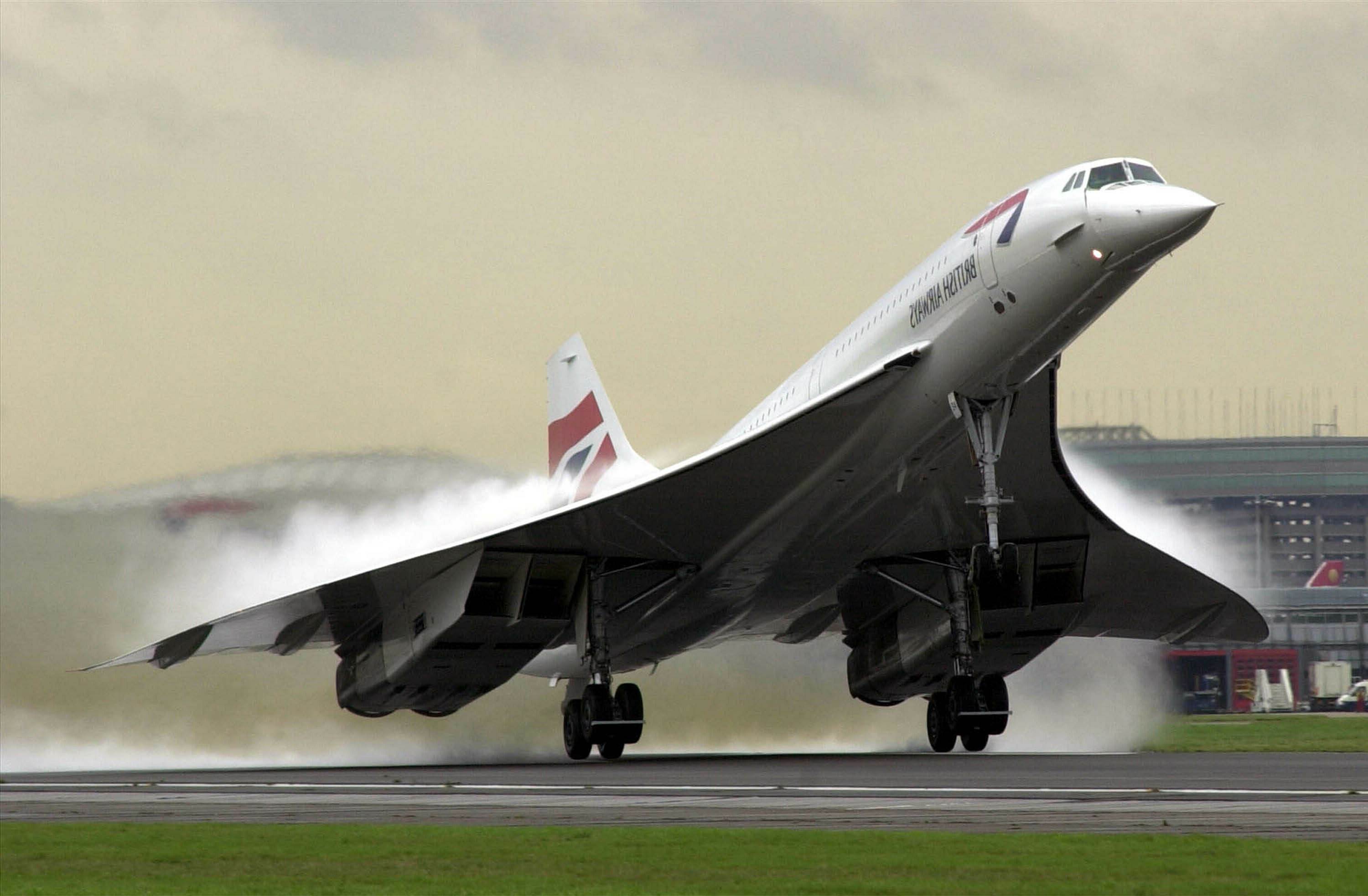
Ever wondered how fast the Concorde really was? This iconic supersonic jet, known for its sleek design and incredible speed, could fly from New York to London in just under three and a half hours. That's right, while most commercial flights take around seven hours, the Concorde cut that time in half. But how did it achieve such speeds? With a cruising speed of Mach 2.04, or about 1,354 miles per hour, it was twice as fast as the speed of sound. Curious about more mind-blowing facts? Buckle up as we explore 15 fascinating details about the Concorde's flight time and what made this aircraft a legend in aviation history.
Concorde: The Supersonic Marvel
The Concorde was a marvel of aviation engineering, known for its supersonic speeds and luxurious service. This aircraft captured the imagination of many and set records that still stand today. Here are some fascinating facts about the Concorde's flight times.
Breaking the Sound Barrier
Flying faster than the speed of sound was one of Concorde's most remarkable features. Let's dive into some specifics about its supersonic capabilities.
-
Supersonic Speed: Concorde could cruise at Mach 2.04, which is over twice the speed of sound. This means it could travel at approximately 1,354 miles per hour.
-
Transatlantic Record: The fastest transatlantic flight by Concorde was from New York to London in just 2 hours, 52 minutes, and 59 seconds. This record was set on February 7, 1996.
-
Shorter Flight Times: A typical Concorde flight from London to New York took about 3.5 hours, compared to the 7-8 hours required by subsonic aircraft.
Engineering Feats
The Concorde's design and engineering were crucial to achieving its incredible speeds. Here are some facts about the technology behind its flight times.
-
Delta Wing Design: The aircraft's delta wing design helped reduce drag and allowed for better stability at supersonic speeds.
-
Afterburners: Concorde's engines used afterburners to provide the extra thrust needed for takeoff and supersonic flight, significantly reducing travel time.
-
Nose Droop: The iconic drooping nose of the Concorde improved pilot visibility during takeoff and landing, ensuring safer and quicker operations.
Passenger Experience
Flying on the Concorde wasn't just about speed; it was also about luxury and exclusivity. Here are some insights into what passengers experienced.
-
Luxury Service: Passengers enjoyed gourmet meals and fine wines, making the short flight time even more enjoyable.
-
Exclusive Clientele: Tickets were expensive, often costing around $12,000 for a round trip, attracting celebrities, business moguls, and even royalty.
-
Limited Seating: The Concorde could only seat about 100 passengers, ensuring a more personalized and comfortable experience.
Environmental Impact
While the Concorde was a technological marvel, it also had significant environmental impacts. Here are some facts related to its ecological footprint.
-
High Fuel Consumption: The aircraft consumed a large amount of fuel, contributing to its high operational costs and environmental impact.
-
Noise Pollution: Concorde's takeoffs and landings were notoriously loud, leading to restrictions on where it could operate.
-
Ozone Layer: Concerns were raised about the aircraft's emissions potentially harming the ozone layer, although studies showed mixed results.
The End of an Era
The Concorde's operational life was relatively short but left a lasting legacy. Here are some facts about its final years and retirement.
-
Last Flight: The final commercial Concorde flight took place on October 24, 2003, marking the end of an era in supersonic travel.
-
Retirement Reasons: High operational costs, environmental concerns, and a decline in passenger numbers contributed to its retirement.
-
Legacy: Despite its retirement, the Concorde remains an icon of aviation history, symbolizing the pinnacle of speed and luxury in air travel.
The Legacy of Concorde's Flight Time
Concorde's flight time remains a marvel of aviation history. This supersonic jet, with its sleek design and unmatched speed, changed air travel forever. Flying from New York to London in under four hours, Concorde offered a glimpse into the future of transportation. Though retired in 2003, its legacy endures. Engineers and aviation enthusiasts still study its technology, hoping to replicate or surpass its achievements. The Concorde wasn't just about speed; it represented human ingenuity and the desire to push boundaries. While modern jets focus on efficiency and comfort, the dream of supersonic travel lives on. As we look to the skies, we remember Concorde's contribution to aviation and the possibilities it opened. Its story inspires future innovations, reminding us that the sky isn't the limit—it's just the beginning.
Was this page helpful?
Our commitment to delivering trustworthy and engaging content is at the heart of what we do. Each fact on our site is contributed by real users like you, bringing a wealth of diverse insights and information. To ensure the highest standards of accuracy and reliability, our dedicated editors meticulously review each submission. This process guarantees that the facts we share are not only fascinating but also credible. Trust in our commitment to quality and authenticity as you explore and learn with us.


